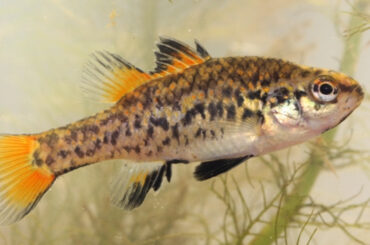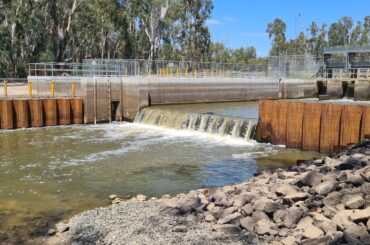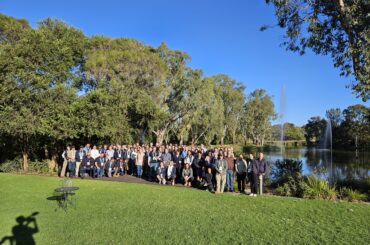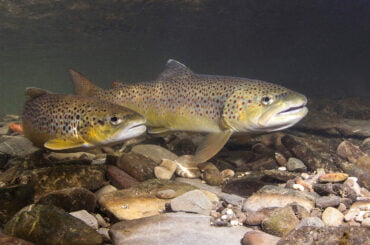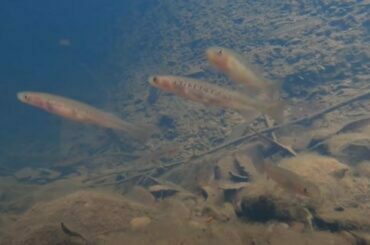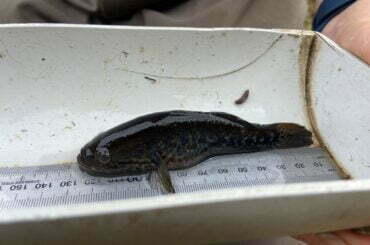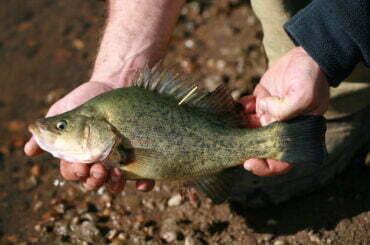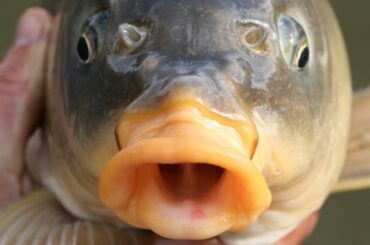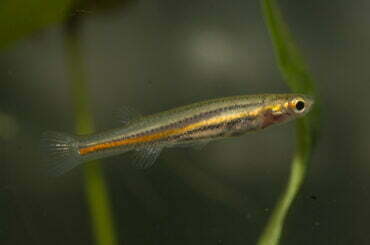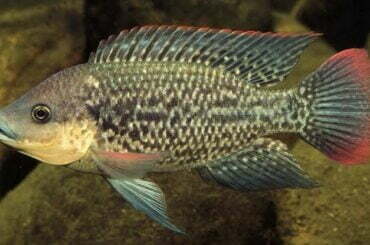Once used as a common bait fish across the Murray-Darling Basin, the now threatened Southern Pygmy Perch (SPP) has now disappeared from most historically known locations. In NSW there are only three broad locations remaining located nearby the towns of Dalton, Holbrook and Albury. The upper Lachlan drainage near Dalton is the most far-north population
Some time ago, we published an article about the fishways at the Koondrook and Cohuna weirs that were constructed in late 2021. More recently, we pondered on the development of performance standards for fishways and what a good fishway looks like. Although still in development, the researchers at Arthur Rylah Institute (ARI) have been collecting
Here at Finterest, our work revolves around the recovery of our precious native fish, which are an invaluable cultural, ecological, social, and environmental resource. We do it because it’s important, and because we love it. And if you’re reading this, you probably love it too. At the Native Fish Forum in Dubbo this year, I
A long time ago in a galaxy (not so) far, far away ... aliens infiltrated the ranks of many native fish populations and risked their very survival. Fish may not be an alien concept to us, however, for Australia’s native flora and fauna, alien species pose a real threat. Native fish declines are a big
Recently our attention was grabbed by this stunning footage of galaxiids in the Mornington Peninsula area. We absolutely needed to know more! Read on for a short interview with the young videographer. Lucy: How old are you and where are you from? Henry: I am currently 18 years old and completing year 12. I live
If you’ve been following Finterest for a while, you may have noticed that we’ve been tracking the journey of the ‘Zombie Fish’ AKA the Southern Purple Spotted Gudgeon (Mongurnda adspersa) - the fish being brought back from the brink. You may recall reading about Nature Glenelg Trust in Victor Harbour and the Middle Creek Farm
Golden perch (Macquaria ambigua) are one of the most desirable species within the Murray-Darling Basin (MDB). They are widely distributed and are a common large native fish in the MDB. The species can grow up to 23kg — however, most are typically less than 5kg. Their potential size makes them a popular fish for many
For many of us in river and waterway management, it’s one of the most asked questions we get from family, friends and the community — “What's the go with that carp virus?” The recent flooding and subsequent explosion in carp numbers has again seen this question raised beyond just pubs and kitchen tables, to being
In response to the fragmentation of rivers and streams, fishways have become a popular method of mitigating the impacts of dams and weirs by helping to; facilitate fish movement and migration and create access to habitats. Habitat fragmentation poses a great risk to biodiversity, with riverine fish species particularly vulnerable to human development. Fishways, also
In Australia, there is an alarming number of declining fish species that are not formally declared as threatened under national legislation, despite global freshwater fish decline. There is limited knowledge on how to best protect fish species using conservation strategies and science is still developing. In the case of threatened galaxiids, the Arthur Rylah Institute
Tilapia (Oreochromis mossambicus or the Mozambique mouthbrooder) is an invasive species in Australia, posing a significant threat to the endemic native fish and aquatic ecosystems. Traditionally found in Southern Africa, this species is incredibly adaptive and fast-growing, guaranteeing its spot in the top 100 of the world’s worst introduced species (NSW DPI). The fish was
It is well understood that landscape modification (dredging) alters the condition of ecosystems and the seafloor terrain, changing the three-dimensional topography and terrain of fish habitat. Although the impacts of species translocation, habitat fragmentation and habitat loss have been well researched, the ecological impacts of dredging activity in estuarine and shallow coastal environments are sparsely
